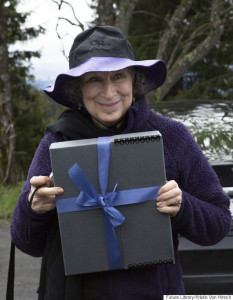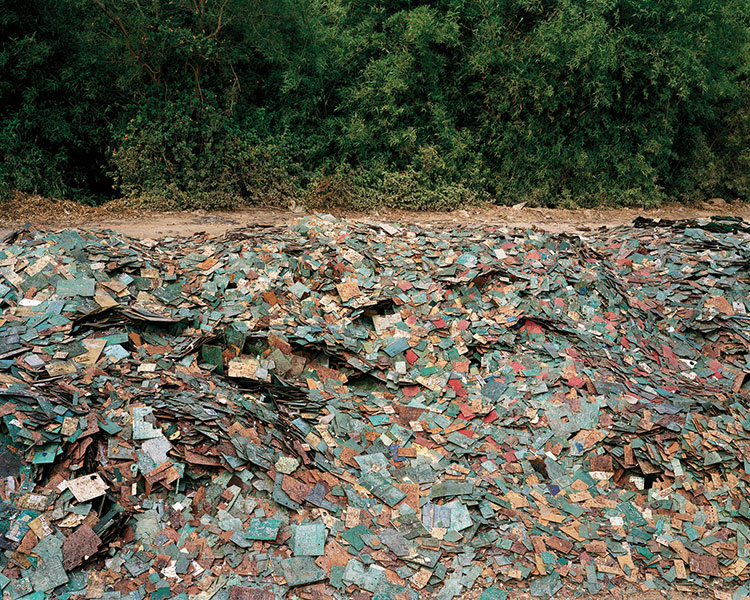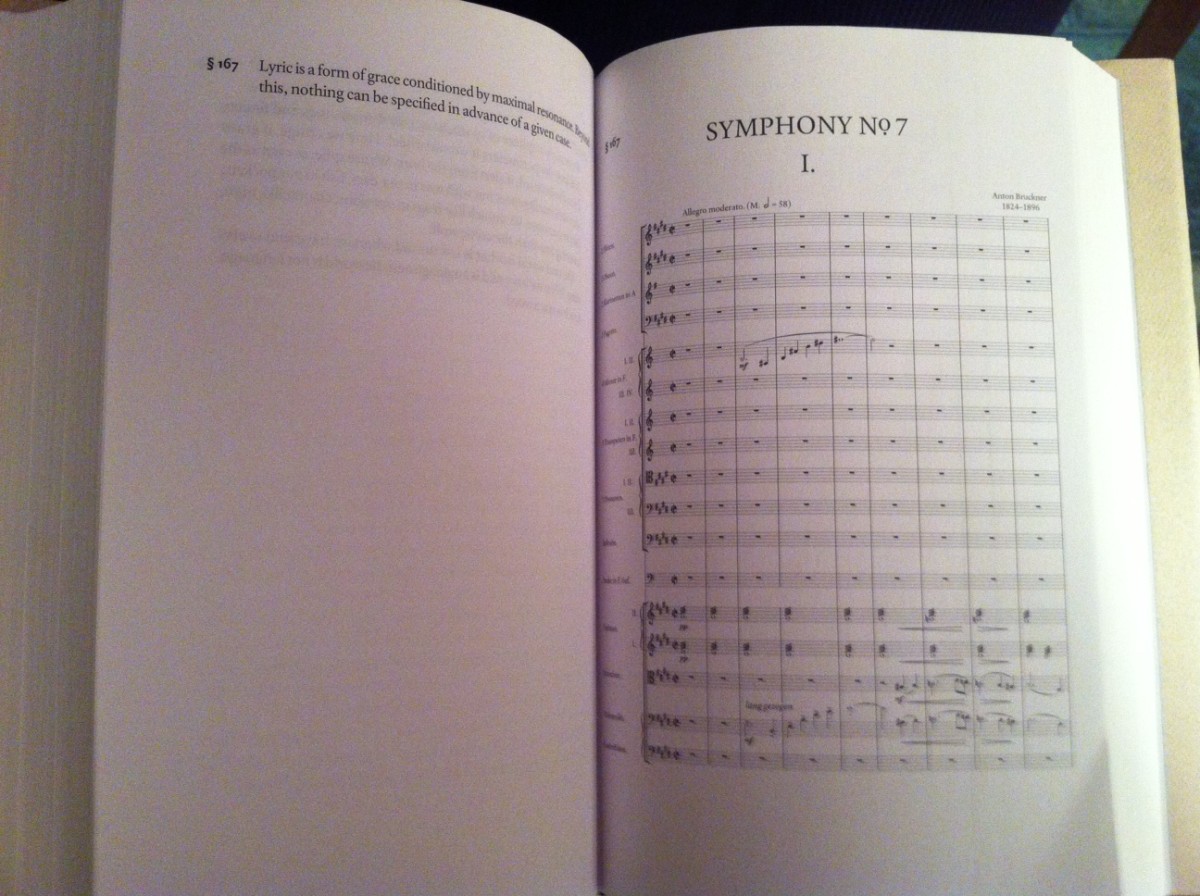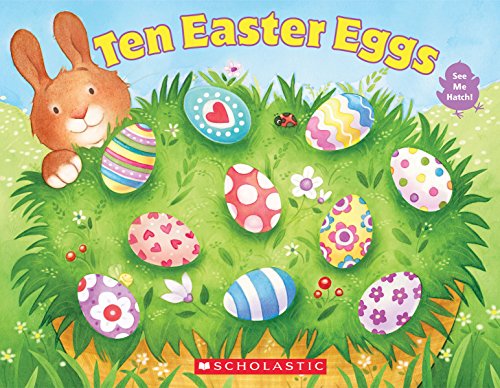If I had a time machine, I would travel 98 years into the future to 2114. This is the year the Future Library will be released in Oslo, Norway. For those of you who haven’t heard of the Future Library, it is a conceptual art project created by artist Katie Paterson. The idea is each year, beginning in 2014, a different author will contribute an original piece of writing to the library, to be published in the year 2114. So far, Margaret Atwood and David Mitchell are contributing authors. The manuscripts, along with printing technologies on which to print the books, are being housed in the New Public Deichmanske Library. A forest of trees was planted in 2014 to provide paper for the books. To read more about this project, you can visit the artist’s website.
I want to be able to witness the publishing of the Future Library Anthology to satiate my curiosity about a number of things:
- Does anyone care about the project? Or is this an idea more exciting for people alive at the beginning of the 100-year period: people who will never get to see the finished product?
- I want to know what books published (presuming they are still published) in 2114 look like, and if the printing technologies preserved in the Future Library are at all helpful. Does anyone know how to use them?
- What did Margaret Atwood want to communicate to readers 100 years from now?
- Finally, what will this project tell future scholars about cultural anxieties surrounding the future of the book in 2014? In my opinion (firmly rooted in 2016) this project reveals much about cultural anxieties surrounding the future in general. The concept of making choices and decisions which affect generations in the future resonates with those concerned with environmental sustainability. Will our current environmental crisis be of lesser or greater interest to people in 2114? When I return from my travels through time, I’ll let you know.




